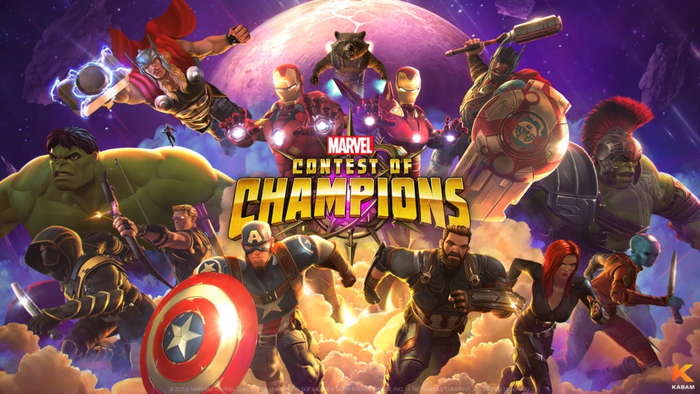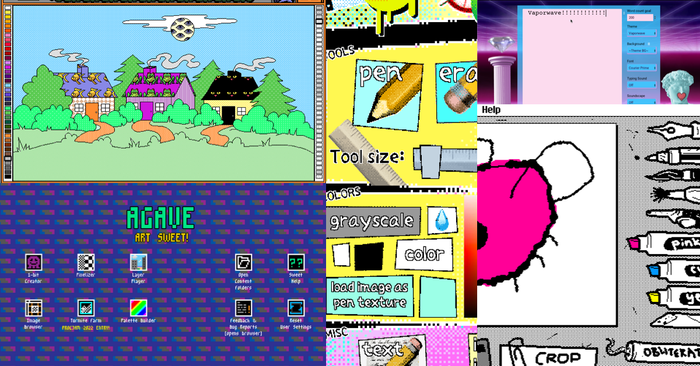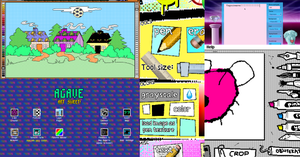Anna Anthropy, Oakland-based author and developer of games like Lesbian Spider Queens of Mars and Calamity Jane, asserted during her Indiecade talk that we need more voices in this industry.

Anna Anthropy, Oakland-based author and developer of games like Lesbian Spider Queens of Mars and Calamity Jane, asserted during her Indiecade talk that we need more voices in this industry. The typical cycle, she says, is "Straight white developers, make games that straight white reviewers market to straight white players, who may eventually be recruited to become the new straight white developers and reviewers.” The trouble is that people without a history of repression can only offer tokenism when it comes to discussing something other than themselves -- such as the gay characters in Mass Effect. "Token characters are not the result of queer experiences," she adds. "Games by queer people, people of color, and by women - because in 2012 women are still a marginalized group within the game industry," are difficult to find in triple-A games, she says. But in triple-A games, I inquired, what's better: a flawed attempt to address issues of otherness, or a character who is different from the straight white media norm which is not used as an "issue" to be dealt with? "Token characters tend to distract media and press away from the people who are actually making games and telling their own stories," she says. "An example of a game that was AAA that I felt actually got gender performance right by accident was Saint's Row 2, which is a game that allows all sorts of gender performance and mixing and matching of gender signifiers, because the developers were interested in letting you make whatever characters you wanted." "I think there's room to be permissive of play and performance without trying to create a tokenized character, and something you distinctly label as part of this group you can't break from the experience of," she says. So if these voices are marginalized, where do they go? To outsider art, she says. One thing that has enabled this is the hypertext tool, Twine. Technology is not really viewed societally as a path for women, but Twine has become something people from different backgrounds have made their own. "What I've noticed is that most of the people who are making them are women, trans, queer, genderqueer," she says. "It's very different from this (as she shows pic of famous white game designer faces)." Decentralization of the means to create video games allows people outside the mainstream to get their foot in the door. "The more people who are allowed to make games, the more people are empowered to make games," she says. "In a forum that's so homogeneous, we need those voices so badly." In LIM, for example, you're a square that's colored differently from the other squares in the game, which become hostile toward you when you approach. Your square has the ability to blend in by hitting a button, but this causes stress, and can only be used for a certain amount of time. Anthropy doesn't want to ascribe specific meaning to it, but says "to me as a transwoman, it's about passing, about smoothing over in a world where you're perceived not to fit." "I don't think all straight white men are evil," she asserts. "That's not why I'm talking about them and why they get to make the most games. What I'm talking about is the fact that having an entire artistic form dominated by a specific group of people is bad for that form, because only a small group of perspectives get to inform it."
About the Author(s)
You May Also Like








